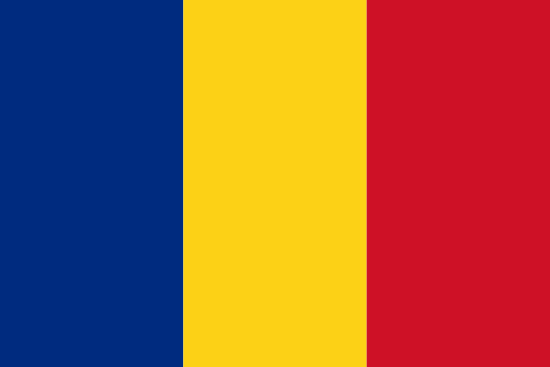"Capitala Bucovinei | The Capital of Bukovina"
About:
Suceava, a city in northeastern Romania, was first mentioned in 1388. It served as the capital of the Principality of Moldavia from 1388 to 1565, becoming an important cultural and political center. The city is known for its historic landmarks including the 14th-century fortress and several medieval monasteries. Suceava experienced significant growth and modernization during the communist era. Today, it is a significant regional center and a hub for the surrounding rural areas, with a diverse economy including industry, commerce, and services.
When to visit:
Suceava, a picturesque city located in northern Romania, experiences distinct seasons throughout the year. To fully appreciate the city's beauty and charm, it is recommended to visit during the late spring to early autumn months. The months of May to September offer pleasant weather with temperatures ranging from 15 to 25 degrees Celsius, ideal for exploring the city's historic sites and natural landscapes. Additionally, visiting during the summer months allows travelers to partake in local festivals and events that showcase Suceava's rich cultural heritage.
When to avoid:
Traveling to Suceava, Romania during major holidays can be challenging due to increased tourist traffic and potential closures of attractions and services. The worst time to visit Suceava on a holiday would likely be during Christmas and New Year's when many businesses may shut down or operate on limited hours. Additionally, Easter can also be a busy time with local celebrations and events that may impact travel plans. It is advisable to plan your trip to Suceava during less crowded periods to fully enjoy the city's attractions and experiences without the holiday rush.
Winter (Dec-Feb)
In Suceava, Romania, the coldest portion of the year is from December to February with average temperatures dropping as low as -3°C. Snowfall is frequent and heavy, often reaching up to 40cm. Days are short with only 2-3 hours of sunlight, and the sky is predominantly overcast. The wettest month is June, with average rainfall of 100mm. An average winter day for a visitor involves bundling up against the chill and navigating snow-covered, picturesque streets, while a day in June might include carrying an umbrella for sudden showers.
Summer (June-August)
Suceava, Romania experiences its warmest part of the year from June to August, marking the summer season. The average high temperatures range from 25 to 30 degrees Celsius (77 to 86 degrees Fahrenheit), while the average low temperatures range from 14 to 17 degrees Celsius (57 to 63 degrees Fahrenheit).
Rainfall during this period is relatively moderate, with monthly averages ranging from 50 to 70 mm. Despite this, summer is considered the wettest season in Suceava, with occasional thunderstorms.
The city enjoys long daylight hours in summer, with an average of 15 to 16 hours of sunlight per day. This makes it an excellent time for outdoor activities and sightseeing.
Humidity levels are relatively high during this time, typically around 70-75%. However, the presence of breezes can make the humidity feel less oppressive.
Cloudiness varies, with partially cloudy to clear skies on most days. There are more clear days in June and August, while July tends to be slightly cloudier.
For a visitor, a typical summer day in Suceava would feel warm and sometimes humid, especially during the afternoon. Mornings and evenings are cooler and more comfortable. Despite the chance of rain, there's plenty of sunshine to enjoy outdoor activities. The long daylight hours also allow for extended exploration of the city's attractions.
Language:
In Suceava, Romania, the most commonly spoken language is Romanian, which is the official language of the country. Additionally, due to its geographical location and historical influences, languages such as Ukrainian, Hungarian, and Romani are also spoken by minority groups. English is also increasingly spoken, particularly among the younger generation and in the tourism industry.




